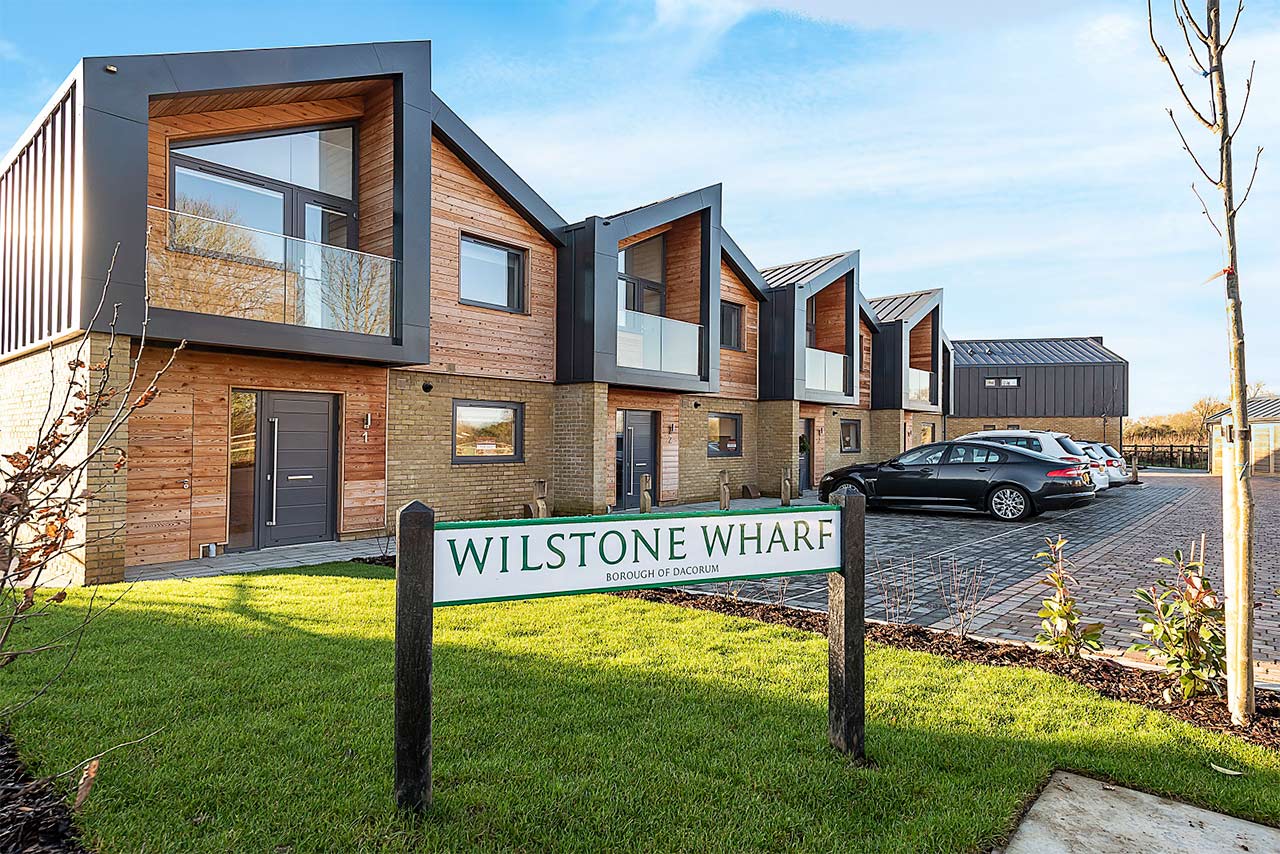What Does BS 5250 Mean for Your Next Cladding Project
We’re living during a time where buildings are under increased stress from moisture, mainly down to two key factors:
The impact of climate change – this is leading to heavier downpours of rain, more frequent and impactful flooding, and increased atmospheric humidity that slows drying rates and has an adverse effect on buildings.
The effect of improved energy performance – such measures include a reduction of air exchange in buildings and increases in thermal insulation, making parts of the building fabric colder.
With this in mind, British Standards have updated BS 5250 documentation with recommendations on how architects and builders can manage this now and in the future.
In this blog, we help to explain what BS 5250 actually is and what it means for cladding projects.

What is BS 5250?
Since its debut in 1975, BS 5250 has provided architects and designers with a wealth of information regarding moisture in buildings. It’s specifically cited in the building regulations and technical standards for all four nations of the UK and the Republic of Ireland.
This standard gives recommendations and guidance on avoiding problems with high moisture levels and condensation in buildings. It states that guidance should be followed to deliver buildings to a level in which the structure and fabric of the building, and the health and well-being of those living or working in it, are not affected by moisture.
The BS 5250 has undergone multiple upgrades and improvements since its debut, the most recent of which was carried out last year.
The latest 2021 edition of BS 5250 broadens its scope to become “Management of moisture in buildings – code of practice”, streamlining the guidance, and restructuring it into a more coherent document. The material is organised into four main sections:
- Design and Guidance: how to avoid moisture-related problems.
- Design Principles – Building Services: covers heating and occupied space ventilation.
- Design Principles – Fabric Details: provides detailed guidance on the design of floors, walls and roofs and the junctions between them. The latest BS 5250 edition offers extended coverage of walls and design guidance on avoiding moisture as well as more detail around the moisture risks in various types of roofs.
- Condensation Risk: discusses the methods used to calculate the risks of interstitial condensation.
What is BS 5250 For?
Any project – from new constructions to renovations – must adhere to BS 5250. The guidelines apply to all types of buildings, regardless of their form, type of construction, or manner of occupancy. The exception is buildings used for storage at sub-zero temperatures.
What Does BS 5250 Mean for Cladding Projects?
With the updated BS 5250 guidance around minimising condensation in buildings, the holistic performance benefits of high-quality building materials and expert project management and construction are clearer than ever.
Architects, designers and project managers now have more detailed prescriptive guidance and example constructions on how to minimise condensation for various wall, roof and floor types. For example, BS 5250 now contains detailed design guidance for 22 separate wall classifications. This includes the new addition of cross laminate timber and modular/offsite panels. The building standards also introduce extensive methods of protection from driving rain, including drainage from complex cladding and façade systems.
Improving Insulation with Timber Cladding
Exterior timber cladding has become an increasingly popular, economical, attractive and durable feature to enhance the appearance of many building designs. But aside from these wonderful benefits of timber cladding, did you know that it is also incredibly effective for insulation? In fact, it’s better at retaining heat than concrete, steel, and aluminium!
On top of this, external insulation such as timber cladding promotes environmentally friendly energy usage by reducing the reliance on heating and cooling systems in a building. With the UK’s target to reach net zero by 2050, this further proves the benefits of external insulation – whether it’s for yourself as an eco-conscious homeowner, or a business looking to reduce its carbon footprint and hit sustainability goals. Some timber cladding is even carbon negative, such as our popular Abodo Vulcan+ range.
As outlined in BS 5250, the growing impact of climate change has increased the need for greater consideration of moisture-related issues when it comes to the planning, building and renovating of buildings. When it comes to cladding ventilation, the quality of the materials and the knowledge and expertise of the installer play a vital role in ensuring condensation is minimised.
When installing timber cladding, it’s important to create a cavity between the internal wall and the cladding with an unobstructed gap at the top and the bottom to allow air to flow freely. This ‘chimney effect’ of good ventilation will ensure that from hot weather through to colder climates, ambient room temperature is maintained and condensation minimised.
Discover More with NORclad
Here at NORclad, we have over 40 years of experience in sourcing, treating and installing high-quality timber cladding solutions. We work closely with architects, designers and builders to match the perfect timber cladding to a project, ensuring that building standards, design vision, and environmental goals are always aligned.
We’re passionate about promoting the benefits of timber cladding. Get in touch today if you’d like to learn more or feel free to explore our full range of timber online.

















